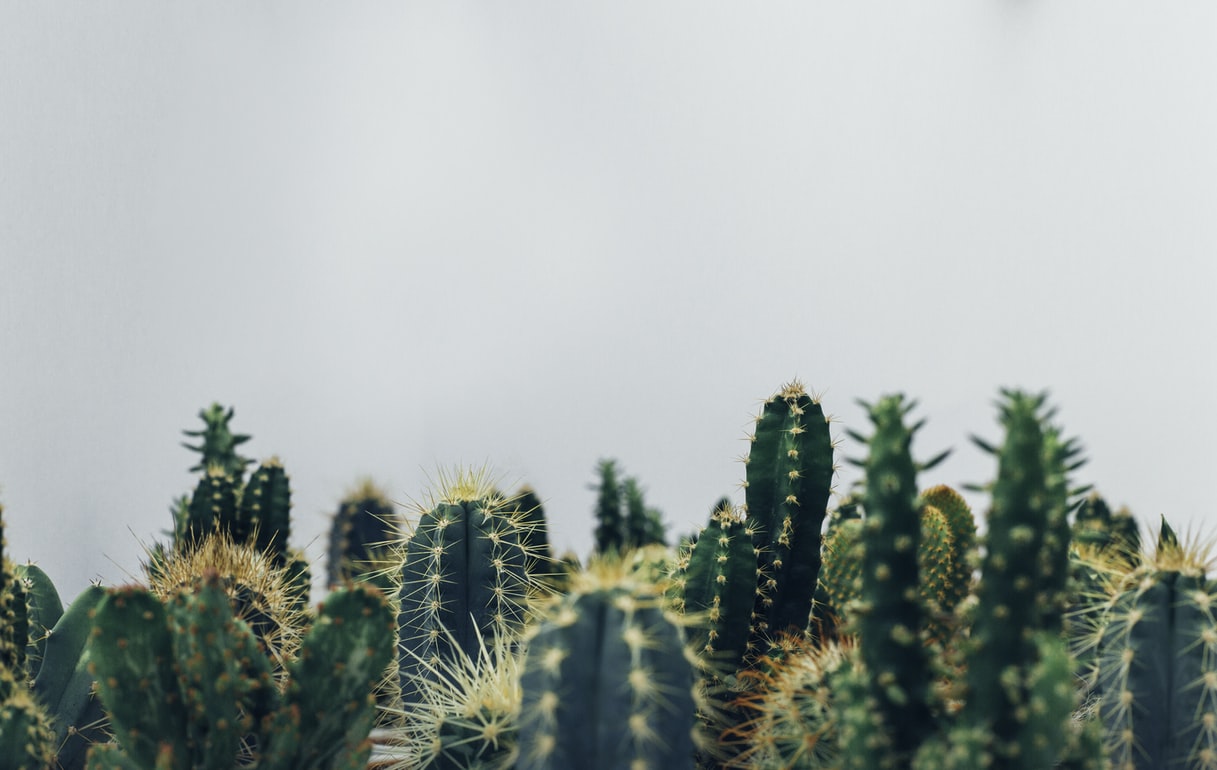Ethnobotanical hallucinogens and risk reduction
Author:
José Carlos Bouso.
Book:
De riesgos y placeres: manual para entender las drogas
Year:
2013
About the study
Ethnobotanical hallucinogens are tools that serve to establish bridges between cultures, producing a mutual enrichment between the cultures where the use of these plants originated and those in which they are being implanted.
The drugs addressed in this chapter on risk reduction are ayahuasca, iboga and mescaline cacti (San Pedro and peyote), as their ritual use has become more popular in recent years in Spain.
The main benefit of these practices is to allow a direct experience with a symbolic and spiritual world that can hardly be reached from the ordinary consciousness.
Excerpt
“During the last decades there has been an expansion of rituals of cultures in which the central axis of their ritual practices was the use of plants with hallucinogenic properties that allowed to connect with the symbols transmitted by oral tradition and that served to lay the foundations of group and community cohesion and thus guarantee the survival of the tribe. These rituals provided the group with a transcendent dimension of existence and a full sense of living in the world, which is perhaps why this type of ritual is silently but unstoppably taking root in the Western world. Today, without much effort, anyone can find sessions offering a ritual with traditional plants officiated by representatives of these traditions, either indigenous, mestizos or Westerners who have learned these practices from others who already knew them. At the same time, more and more people, either out of curiosity, or because they are involved in a spiritual path, or because they are trying to find new solutions to their problems, are interested in and attend these types of ceremonies. As with everything else, although these ceremonies can provide the initiate with a transcendent dimension that is difficult to find in the West, they are not always free of risks.”
Photo by Thomas Verbruggen on Unsplash.
Categories:
Studies & papers
, Psychedelics
Tags:
San Pedro
, book chapter
, harm reduction
, hallucinogens
, psychoactive plants
, risks
, mescaline
, psychedelics
, Tabernanthe iboga
, ayahuasca
, ethnobotanicals
, peyote
, risk reduction
, iboga
, adverse effects
, study
, scientific research
, ibogaine

